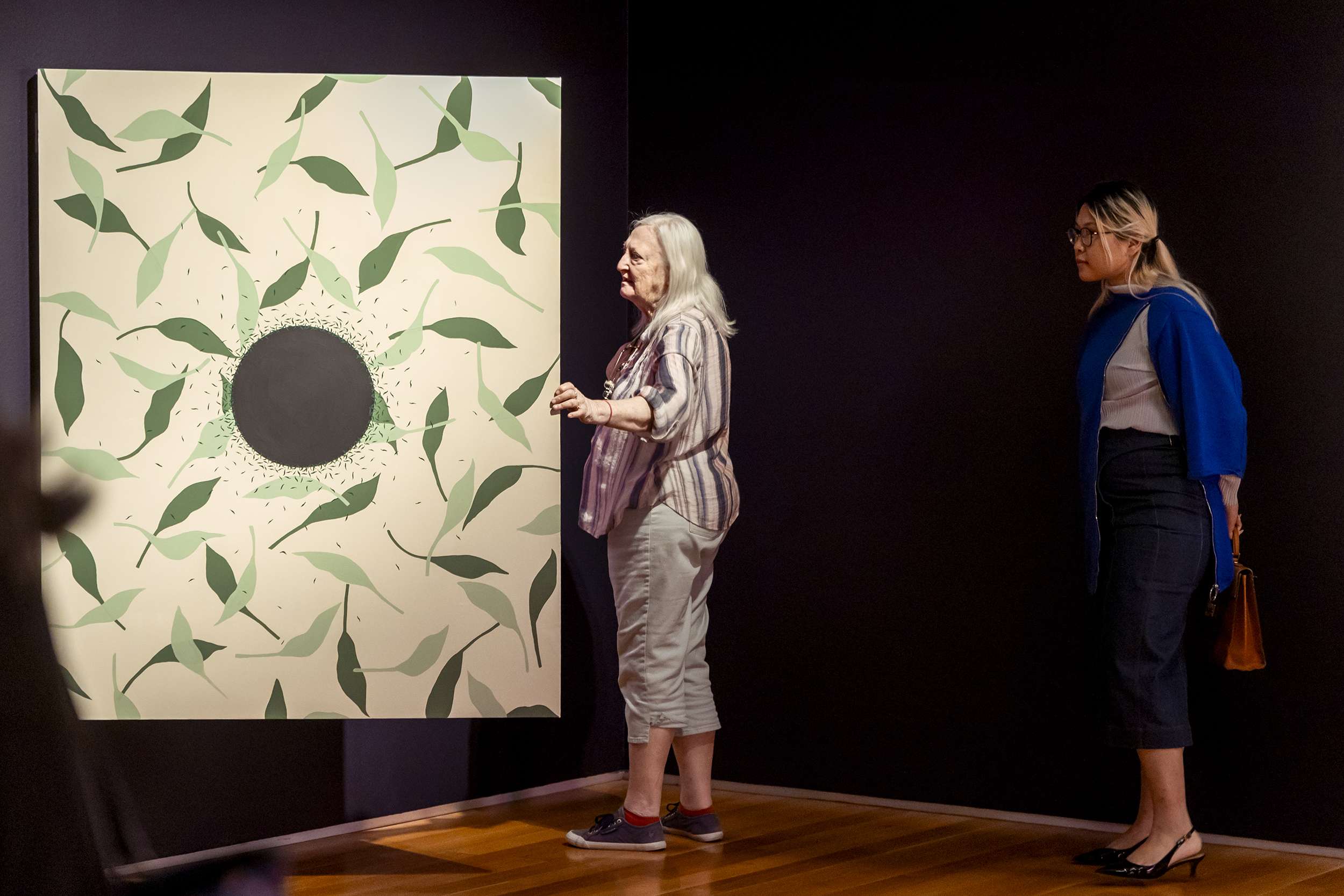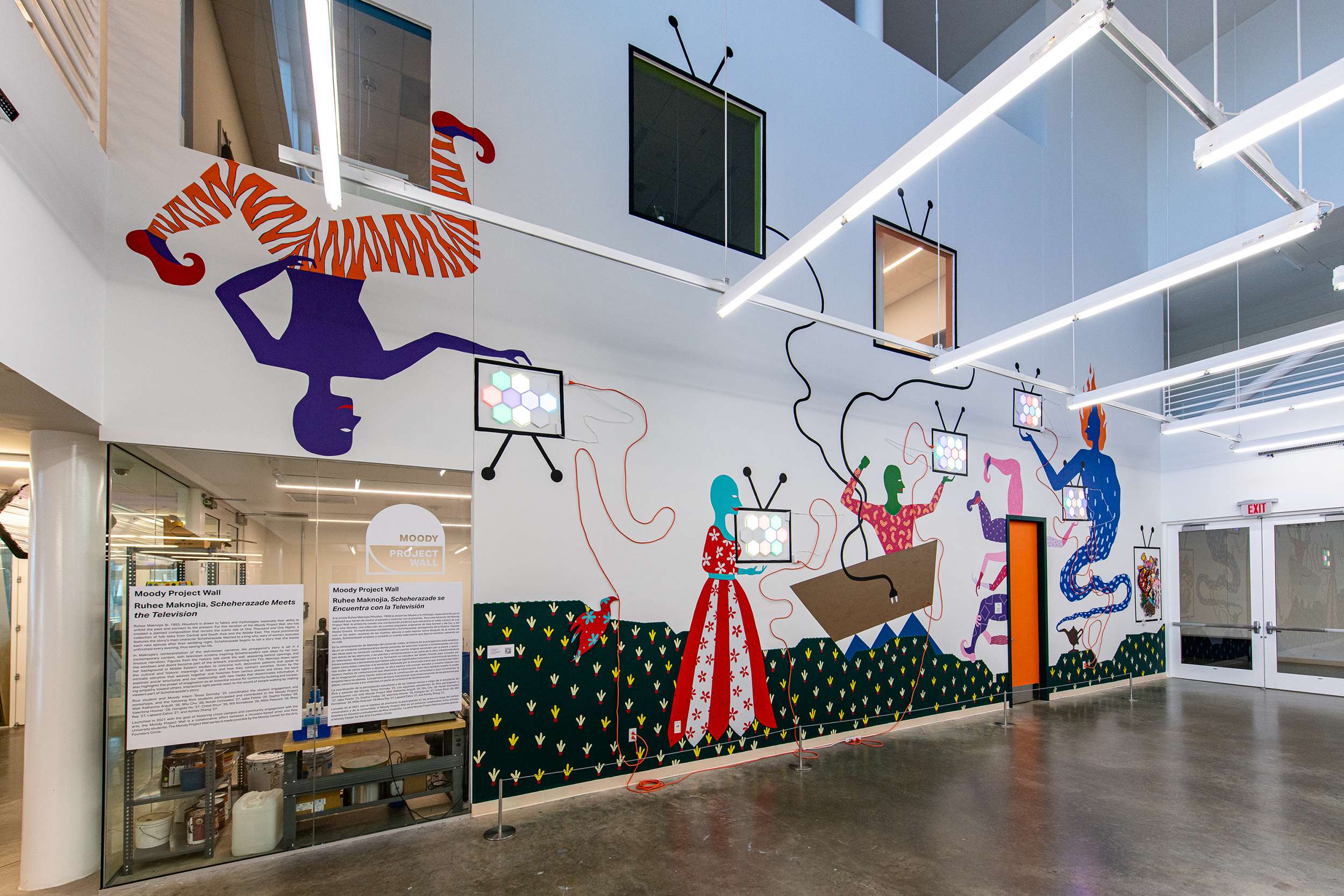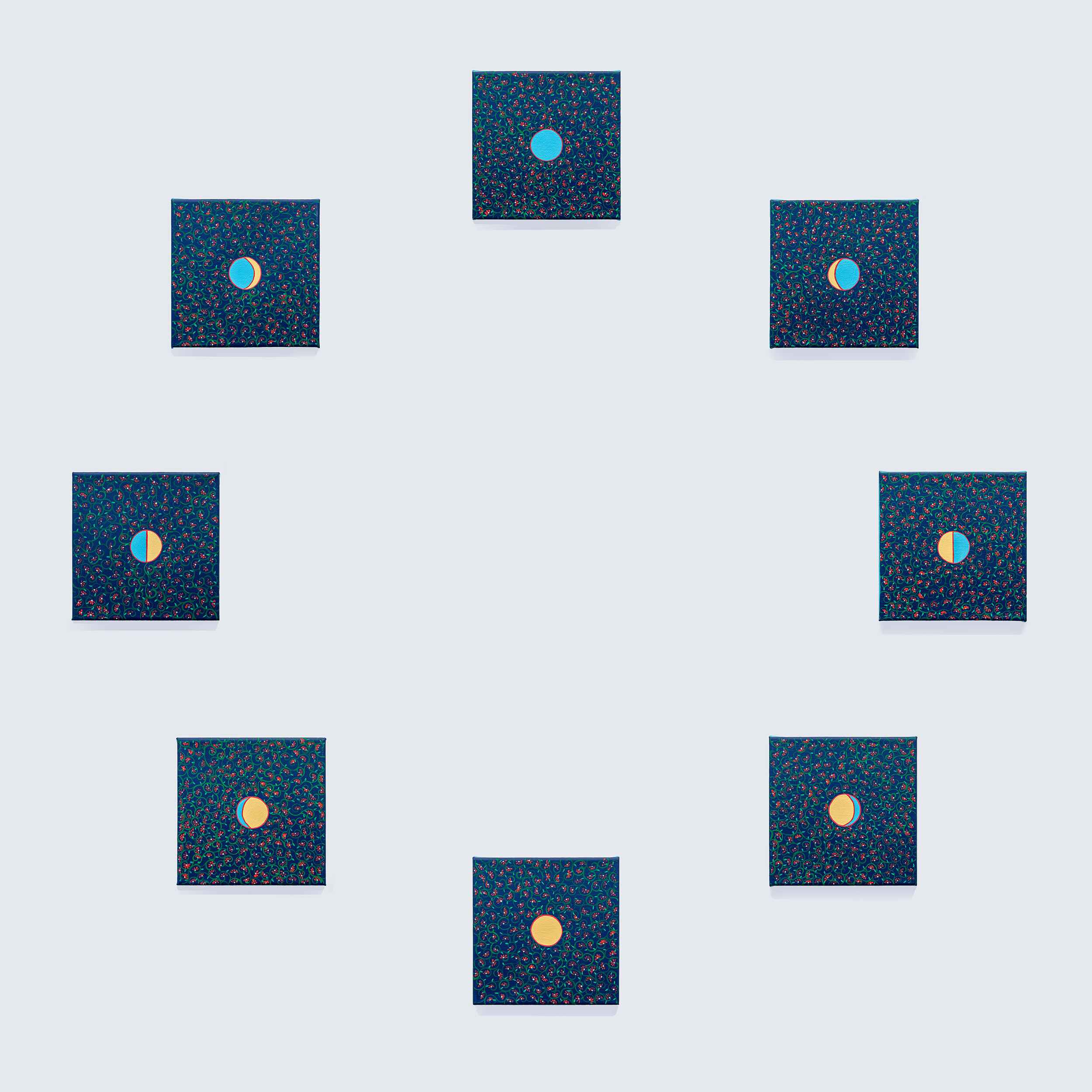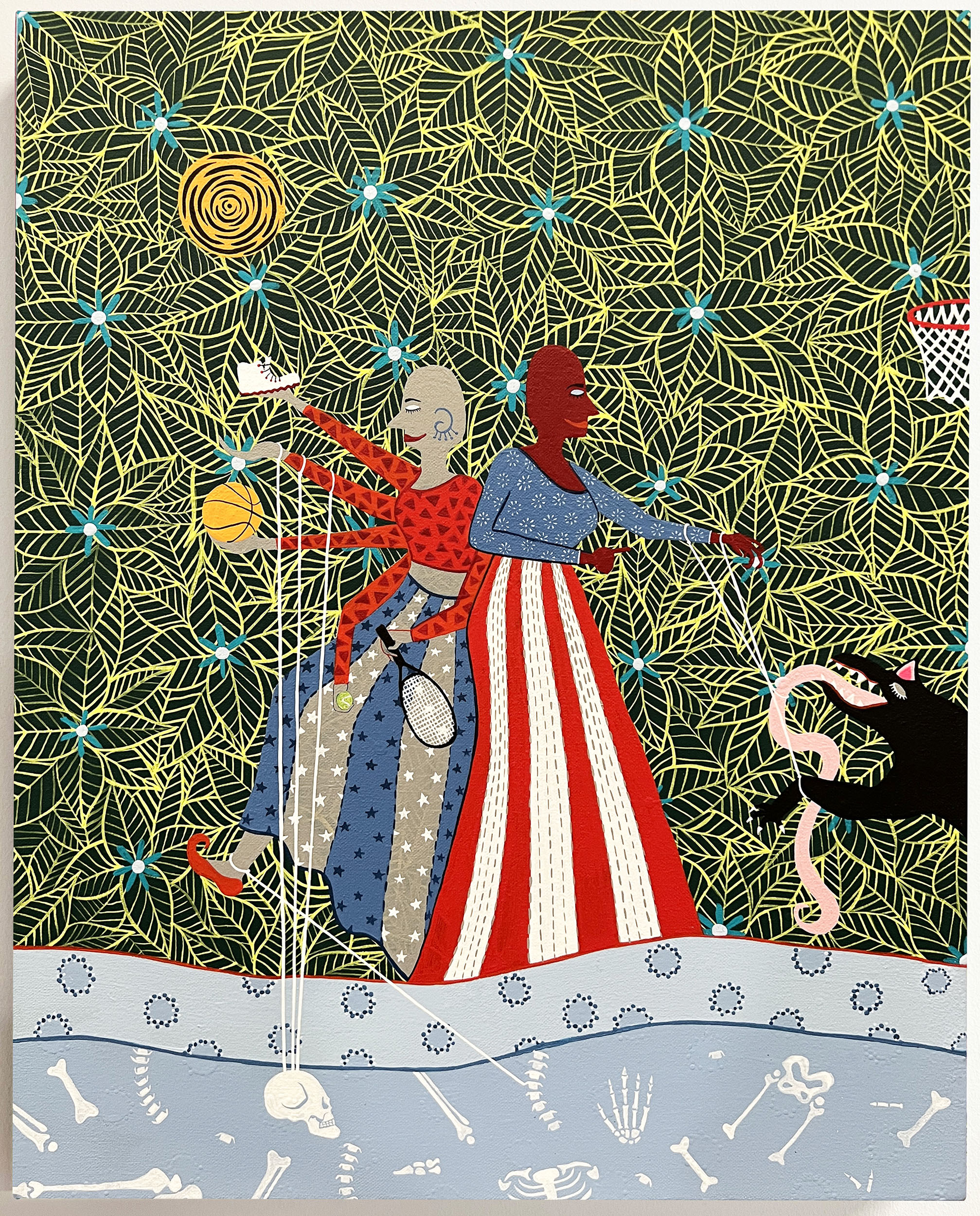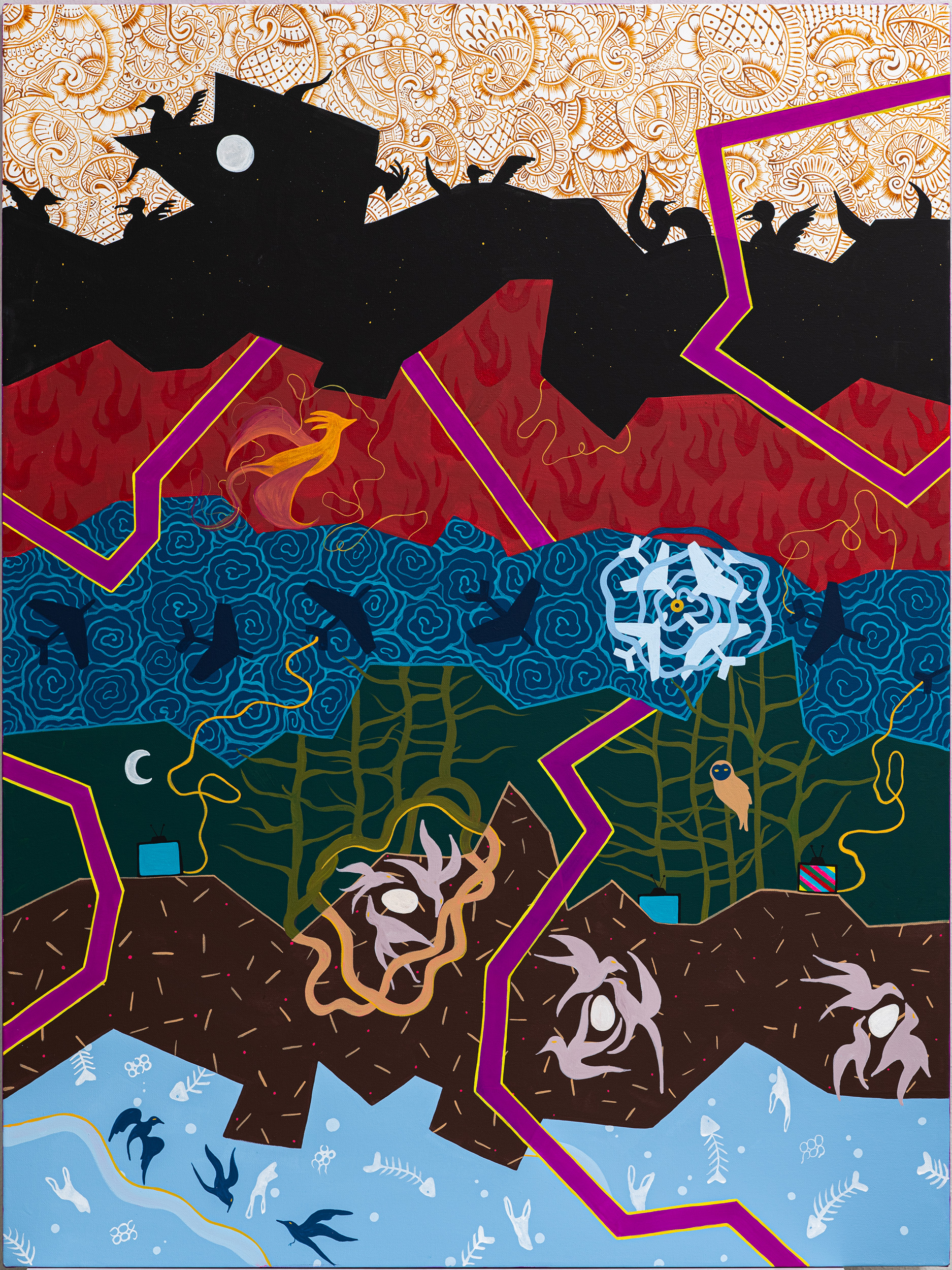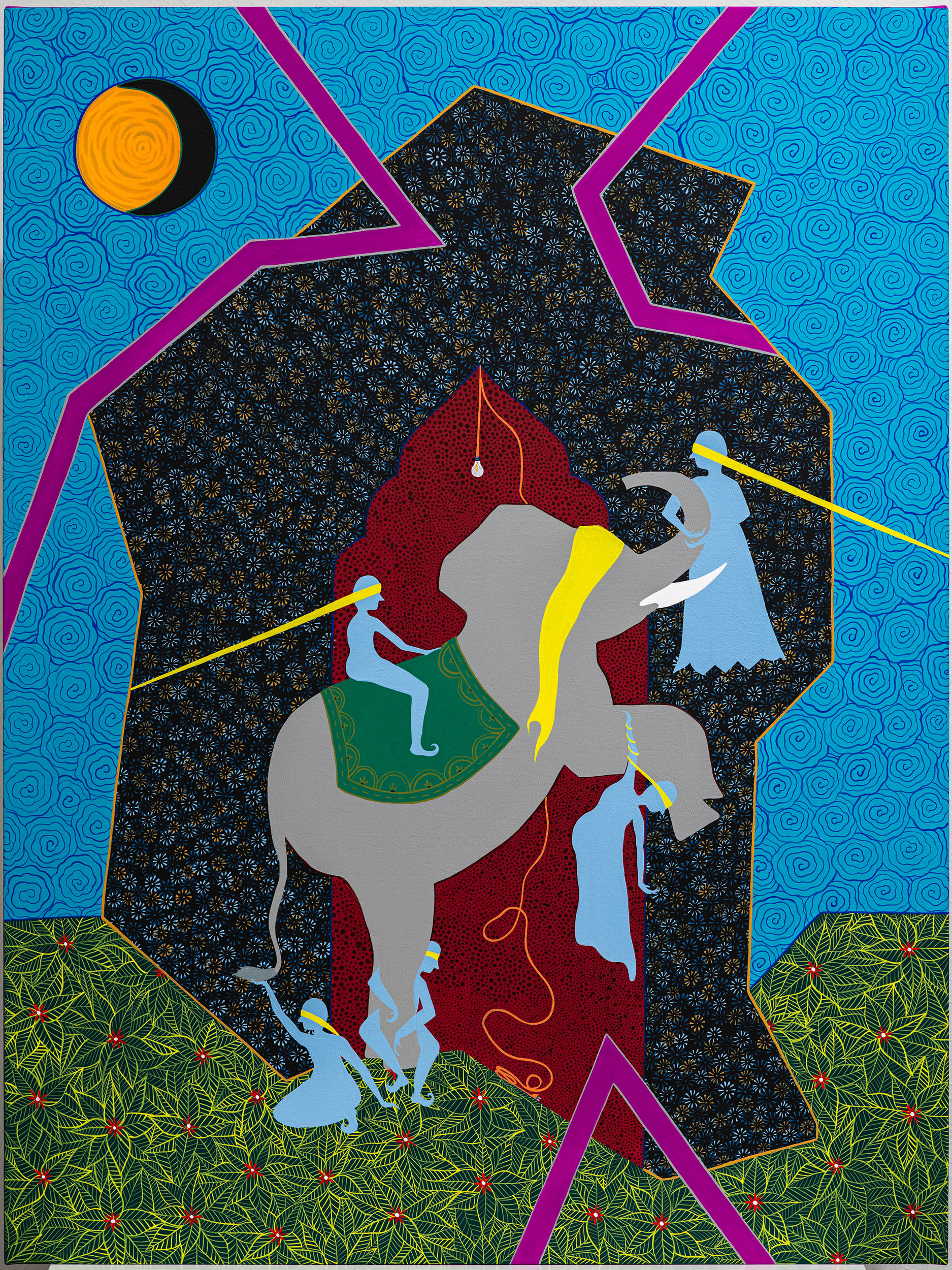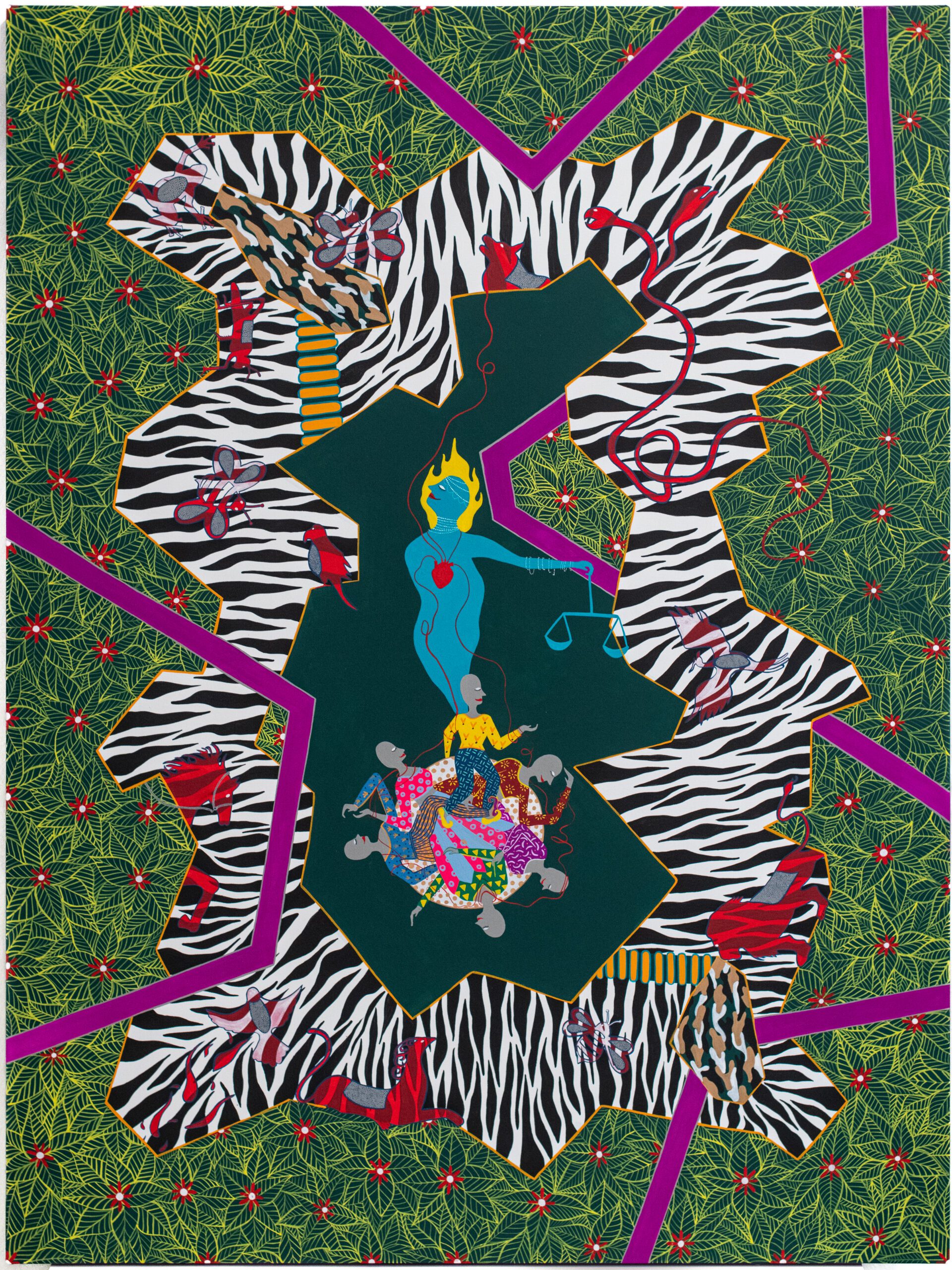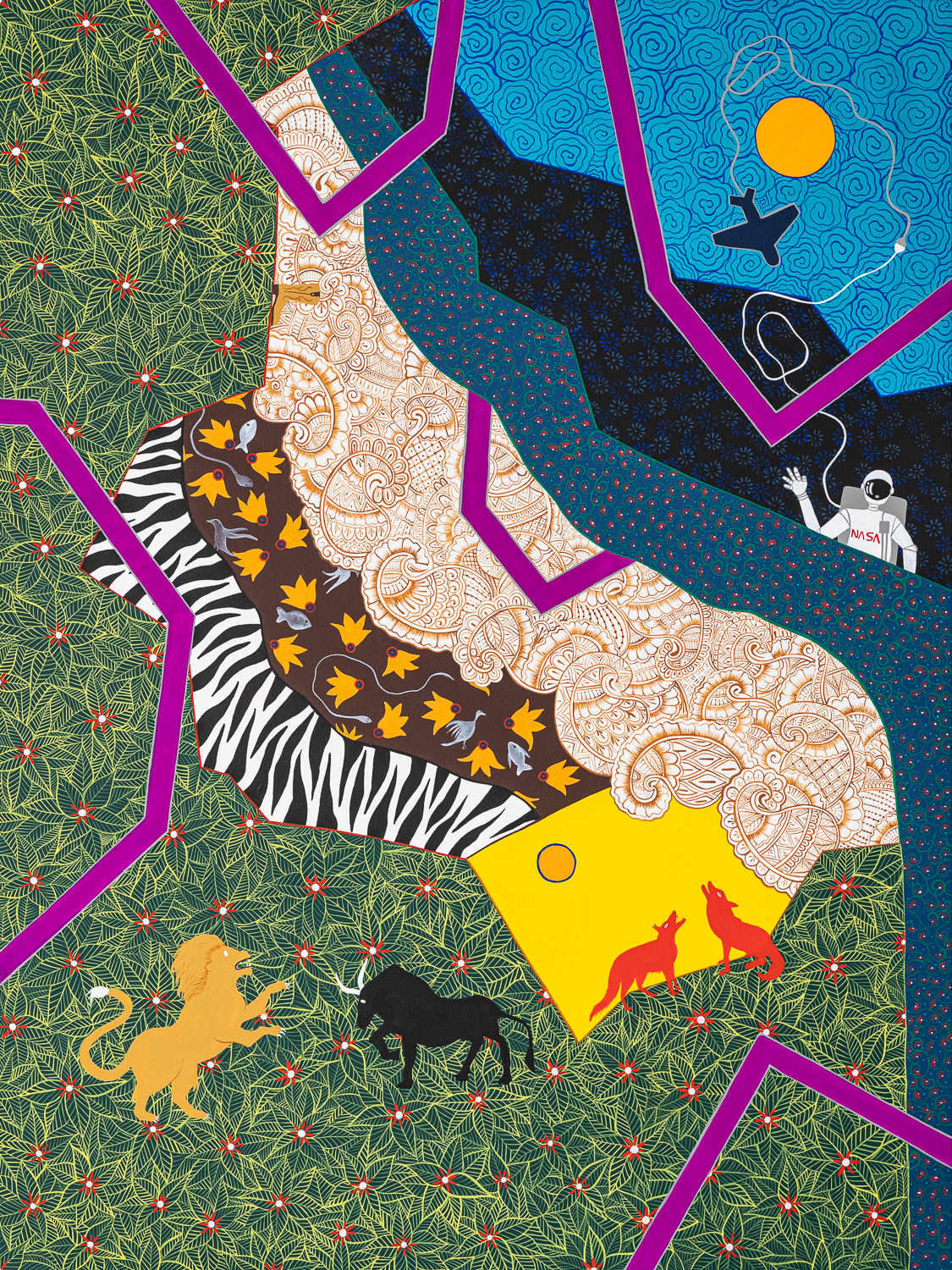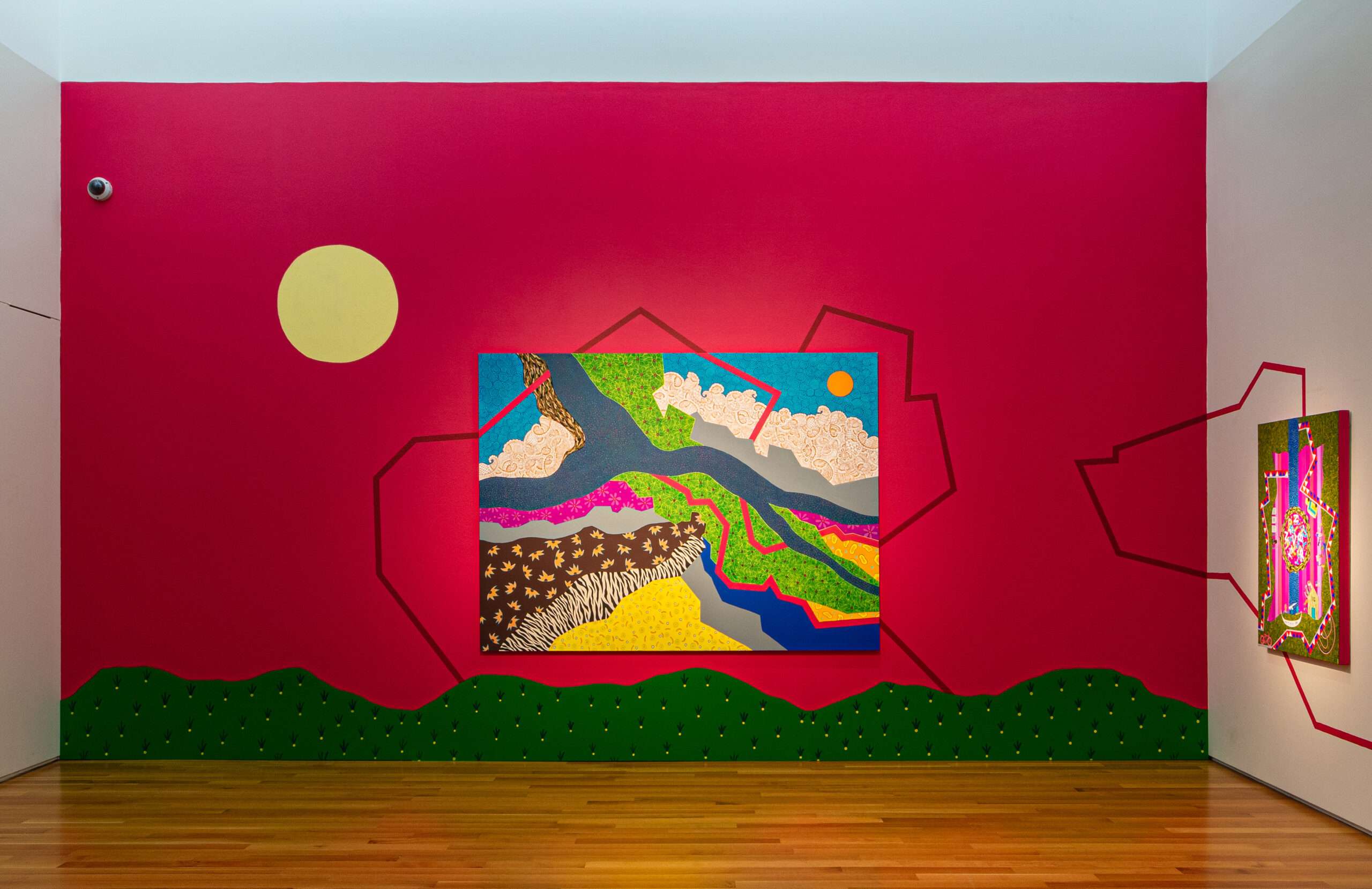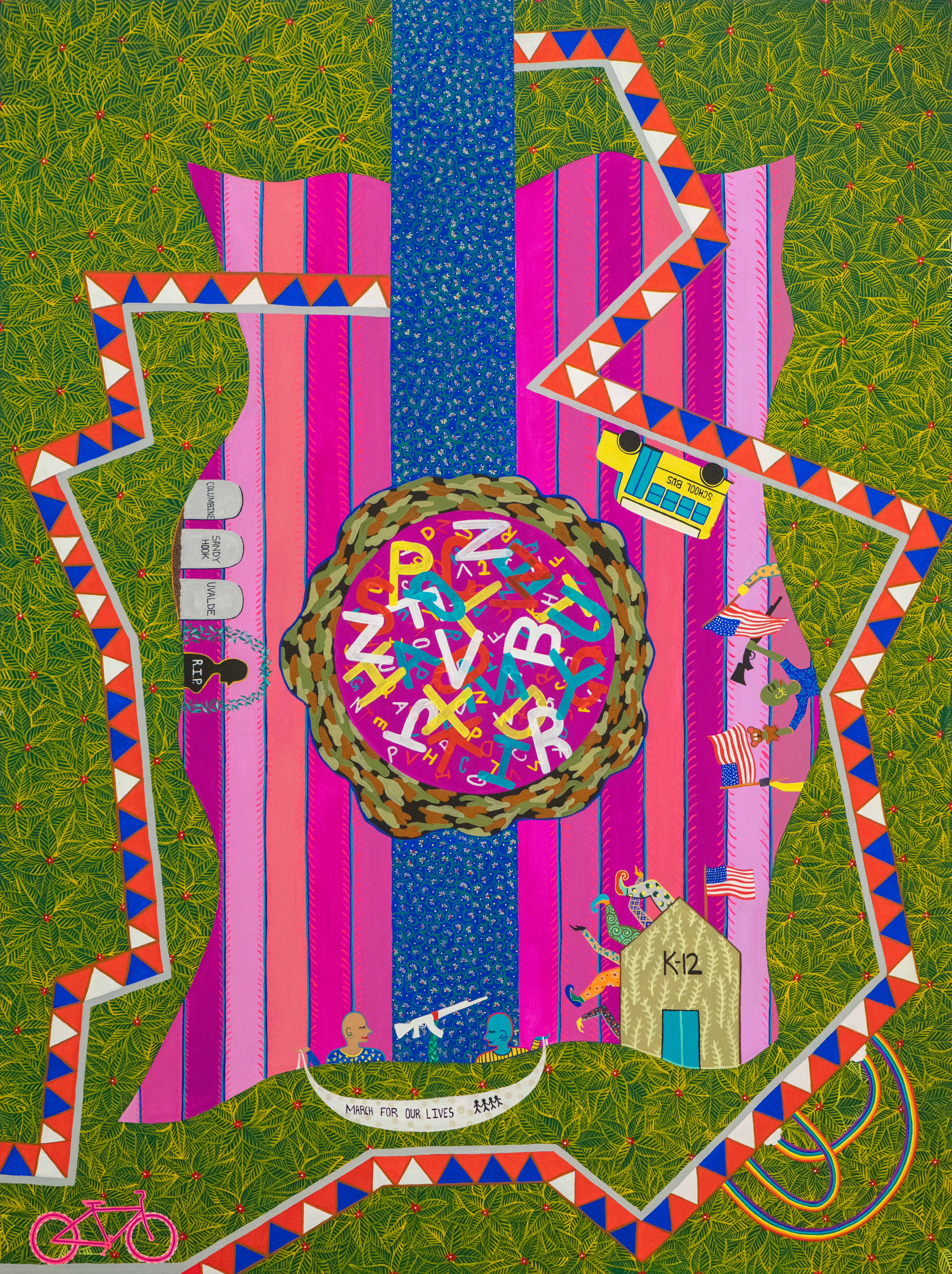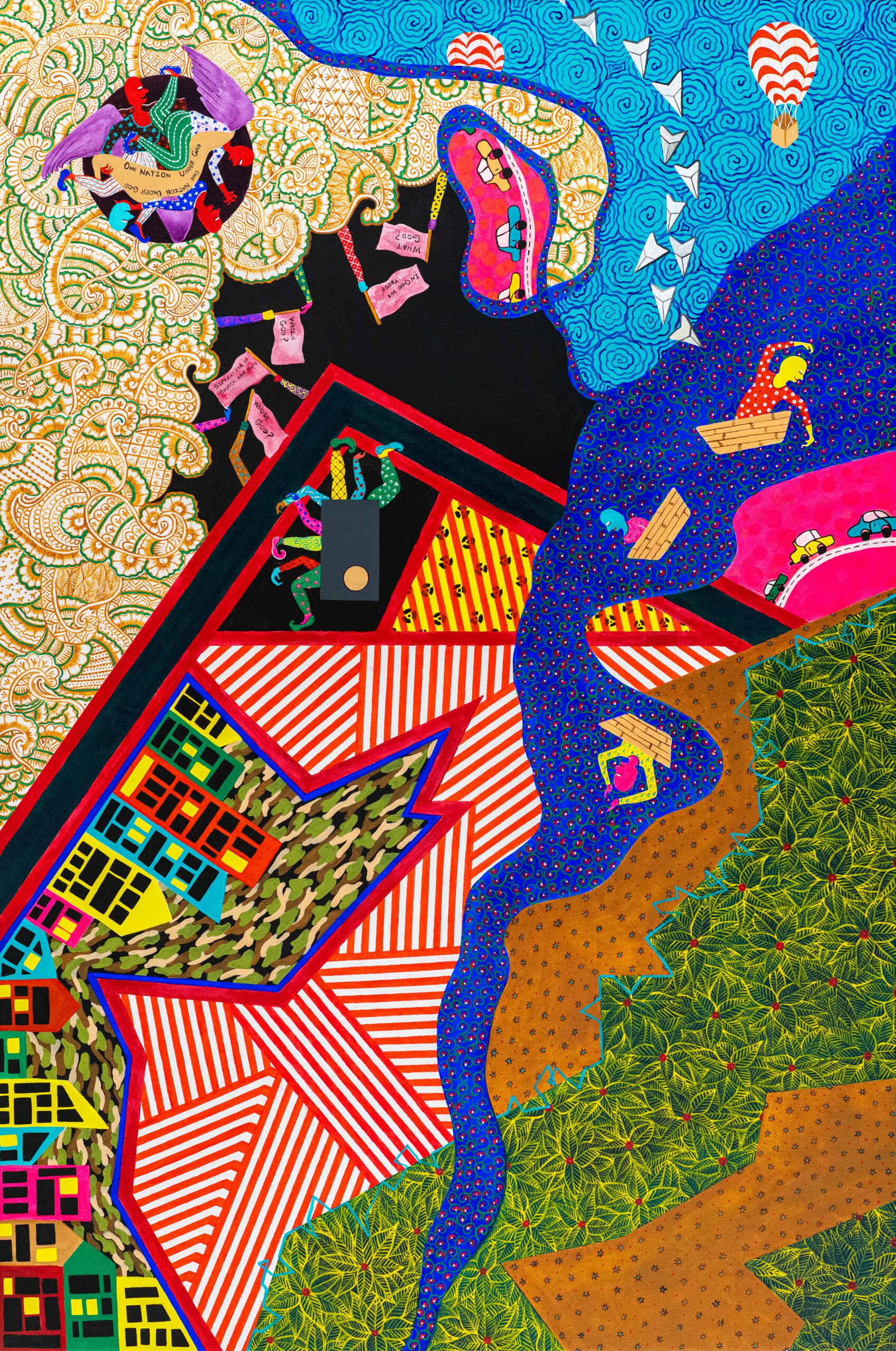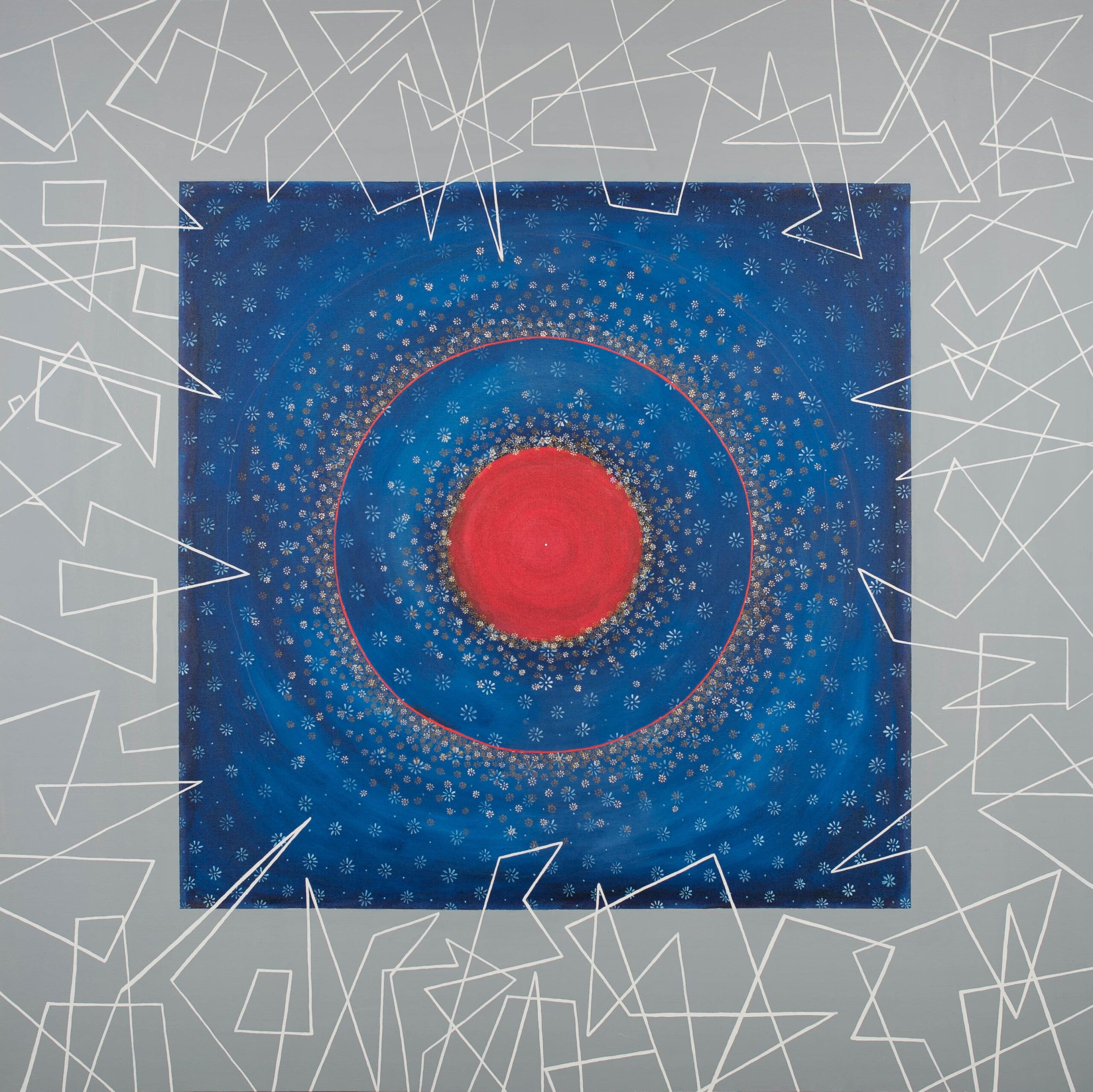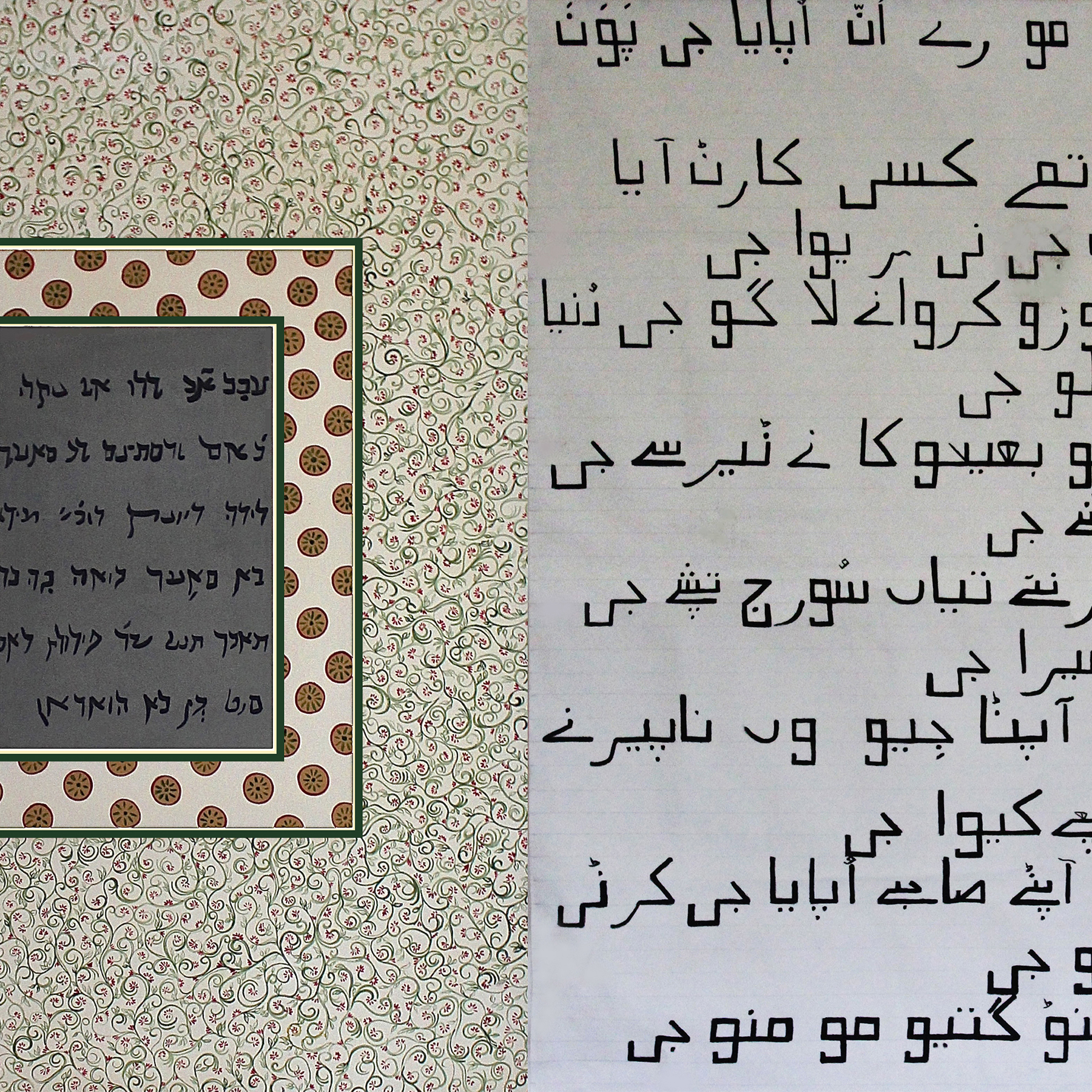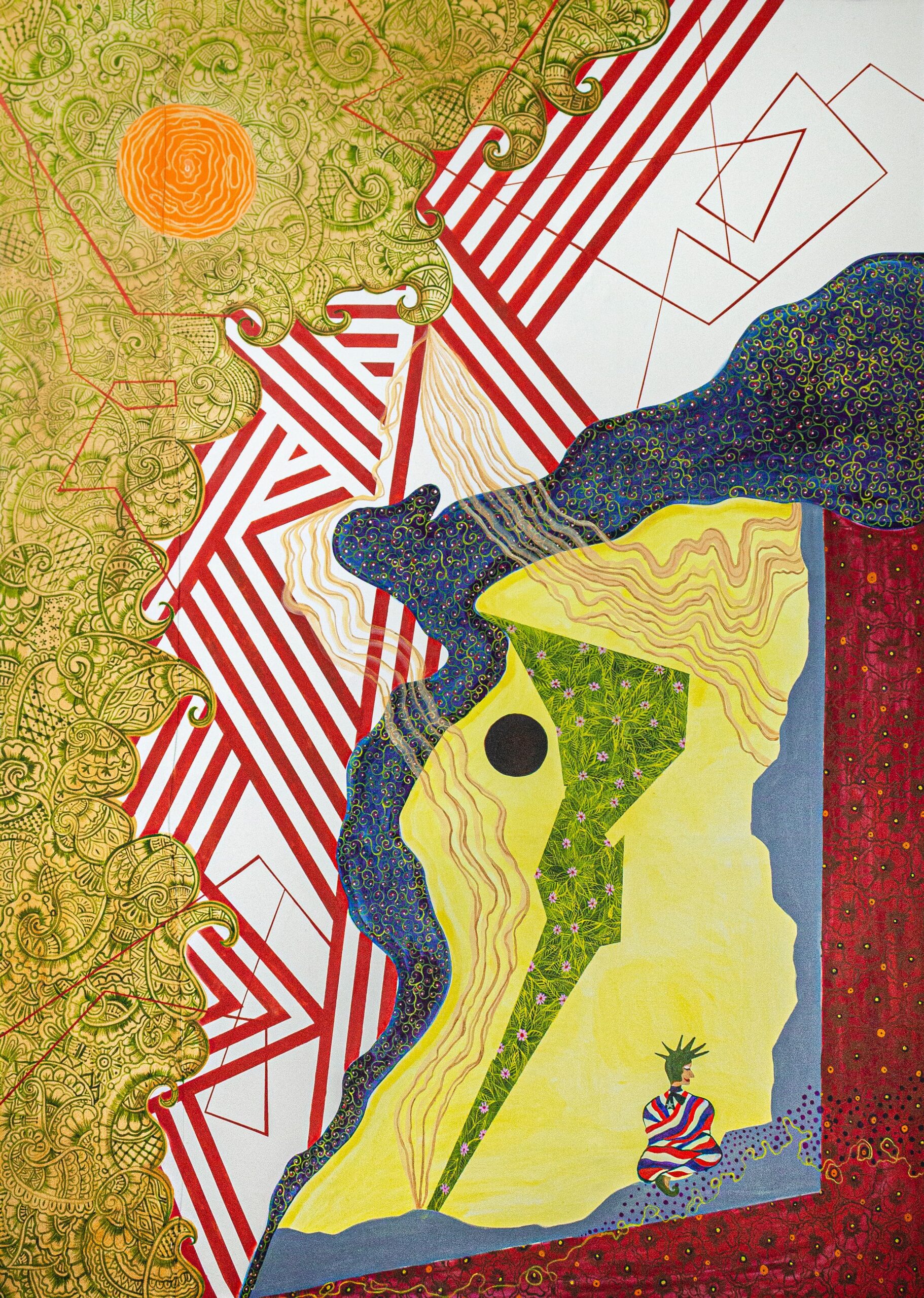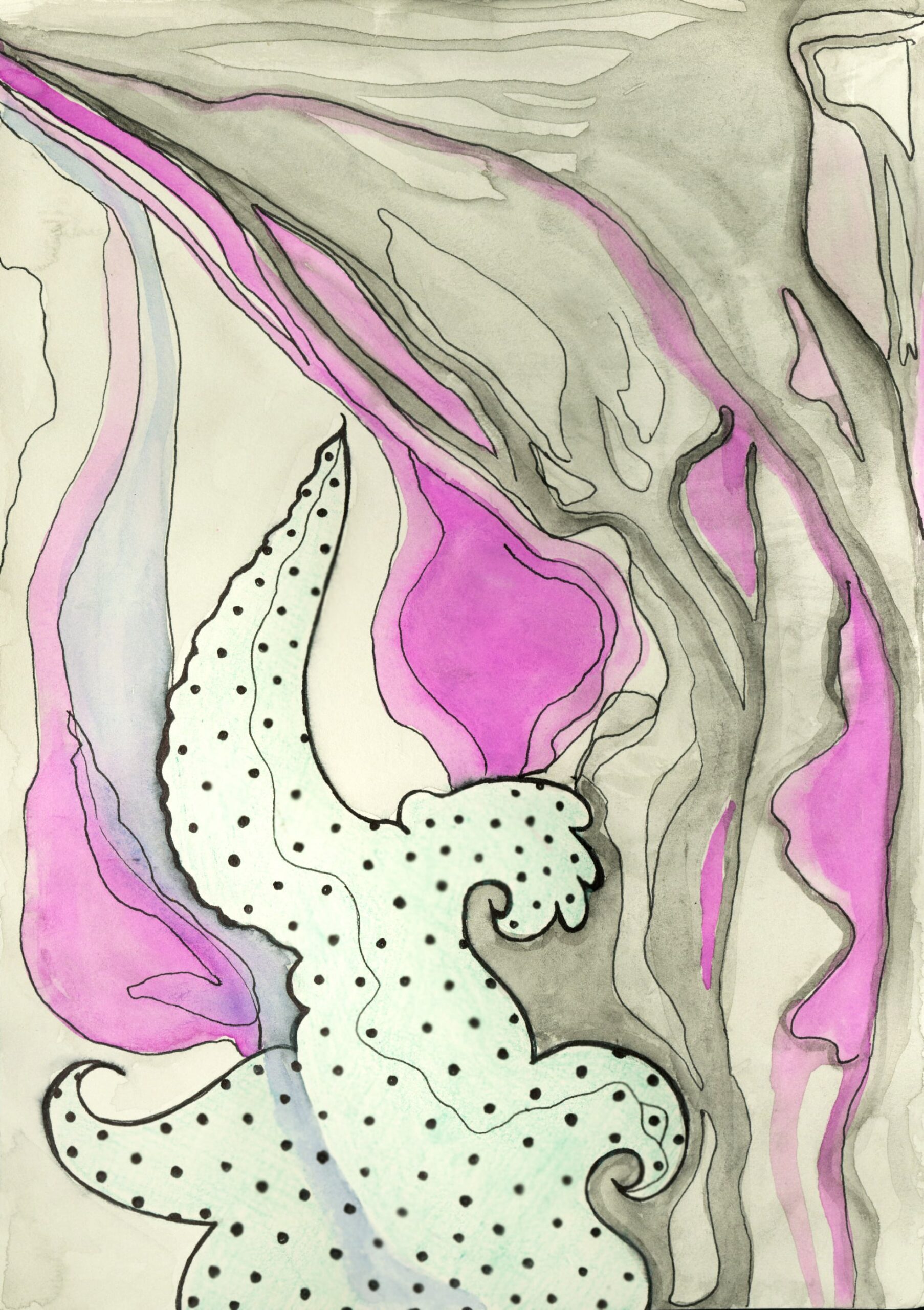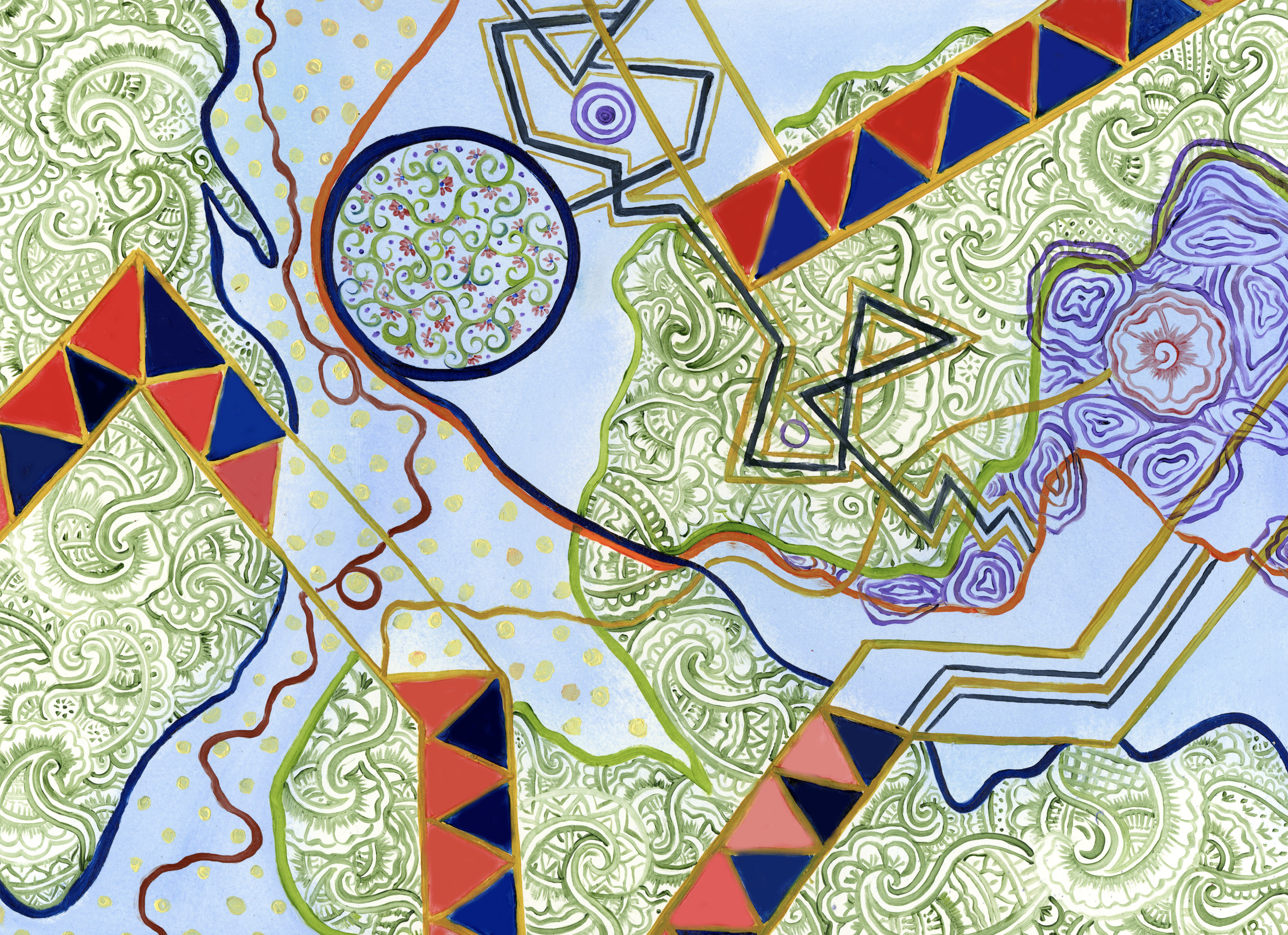
Space City: Art in the Age of Artemis assembles the work of contemporary artists who explore the mysteries and wonders of outer space. Featuring over 30 artists, this exhibition travels through art, science, and human curiosity, inviting visitors to embark on an imaginative journey through the cosmos. As NASA aims to return to the Moon, this exhibition surveys how artists today are investigating some of the most profound questions about the universe in the city where that journey began.
President John F. Kennedy, speaking at Houston’s Rice University in 1962, famously launched his campaign to galvanize Americans to support his plan to land on the Moon. Today, NASA is the midst of the Artemis missions, preparing humans to return to the Moon for the first time in over 50 years. This represents an opportunity for reevaluating how artists interpret and interface with what lies beyond the Earth’s atmosphere. Almost half of the artists in the exhibition are from, or have lived in, Houston, creating an intergenerational, transcultural, and international show that orbits four themes: Origins, Celestial Bodies, Space Technology, and Other Worlds. Across these themes, the Space City artists will ponder the beginnings of the cosmos, how the stars and planets catalyze the creativity of artists, the role technology plays in space exploration, and how artists deploy science fiction to build new worlds.
“Space City” is one of Houston’s many identities, as the sprawling metropolis that houses the Lyndon B. Johnson Space Center — the cradle of spaceflight — a key organizer of the Artemis missions. Taking this character of Houston as a point of departure, Space City: Art in the Age of Artemis dovetails with the city’s percolating space fever and share the awe of outer space through the eyes of artists.
Curated by: Owen Duffy
Exhibiting Artists: Michael Bhichitkul, Erika Blumenfeld, John Chae, Angela Chen, Leroy Chiao, JooYoung Choi, James Clar, Nathaniel Donnett, Farima Fooladi, Ian Gerson, Christopher K. Ho, Yifan Jiang, Myeongsoo Kim, Alicja Kwade, Ajay Kurian, Subash Thebe Limbu, Ani Liu, Xin Liu, Ander Mikalson, Ruhee Maknojia, Virginia Lee Montgomery, Trevor Paglen, Daid Puppypaws, Preetika Rajgariah, Toshiko Takaezu, Martha Tuttle, Tomas Vu, Hong Xian, Stella Zhong, Ping Zheng, Alexis Zambrano




